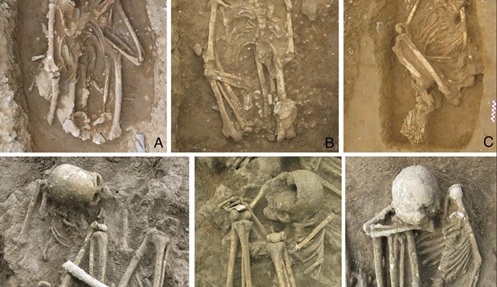| (Preliminary Exam: Current Affairs) |
Context
Asian scientists have published a groundbreaking study revealing that some ancient communities in Southeast Asia used small fires and smoke to preserve the dead. This discovery contributes to understanding human civilization and the religious and technological knowledge of ancient cultures.

About Artificial Mummification
- Mummification is the process of preserving a dead body from decay, and artificial mummification uses man-made techniques such as heating, smoking, binding, etc., rather than natural processes.
- Its purpose is not merely to preserve the body, but to integrate it into community and religious rituals.
About recent research on mummification
- Scientists studied Pre-Neolithic burials from 11 excavation sites.
- The bones were examined using X-ray diffraction and Fourier-transform infrared spectroscopy (FTIR).
- The age was determined using radiocarbon dating.
- The study also showed that the dead were simply tied up and exposed to smoke and a small fire for extended periods before burial.
Also Know This!
X-ray diffraction (XRD) identifies crystal structure and phase by analyzing the scattering of X-rays by atoms in a crystal lattice, while Fourier-transform infrared spectroscopy (FTIR) identifies functional groups and molecular structure by analyzing how a sample absorbs infrared light and vibrates at specific frequencies. XRD is used for crystal structure and composition, while FTIR is used for chemical bonding and functional group characterization.
|
Significance
- This research shows that ancient communities had deep concern and spiritual beliefs about the dead.
- It indicates that early people had developed symbolic thinking, strong social ties, and customs.
- Preserving the dead was not only a technical skill, but also a part of social and religious life.


